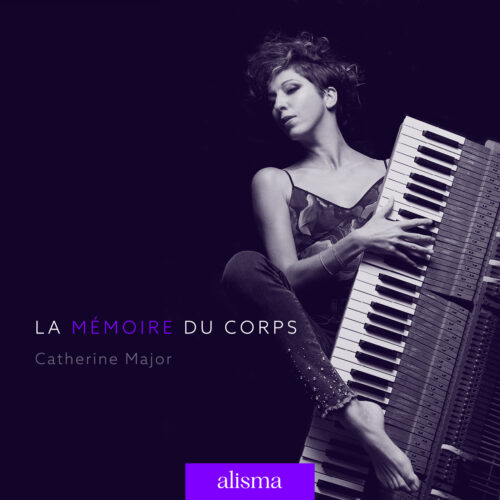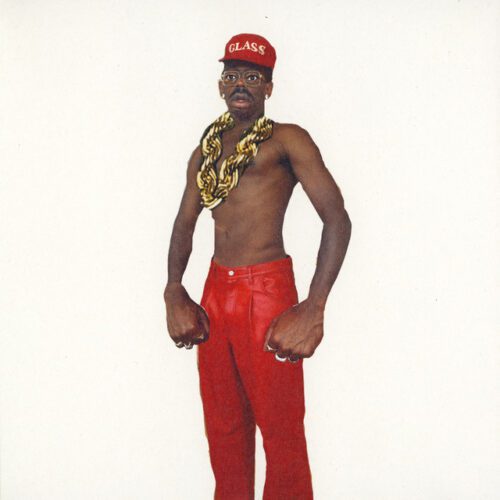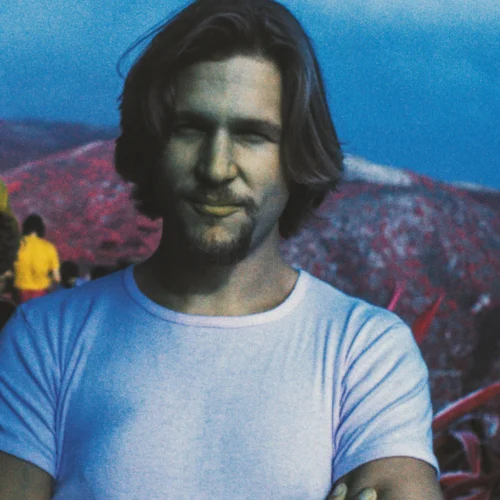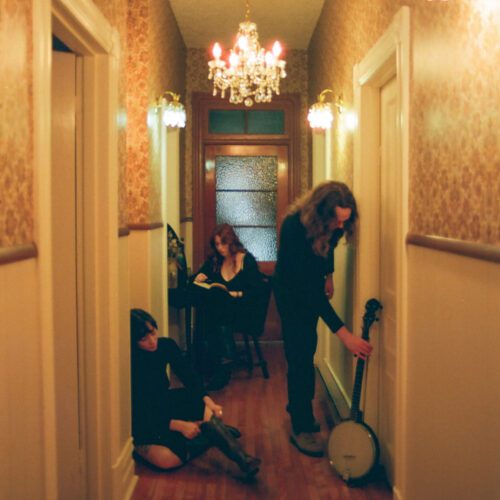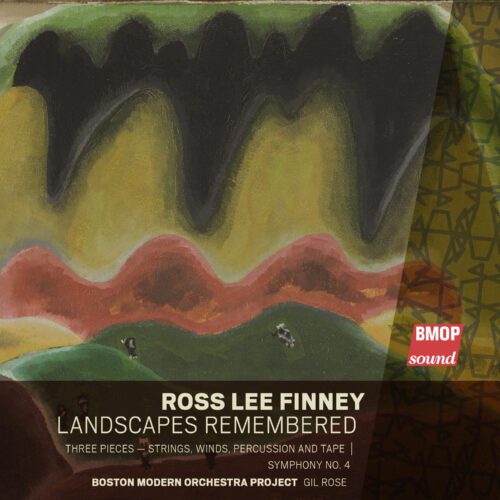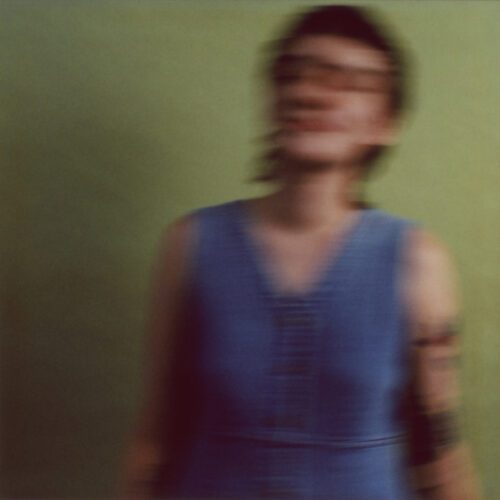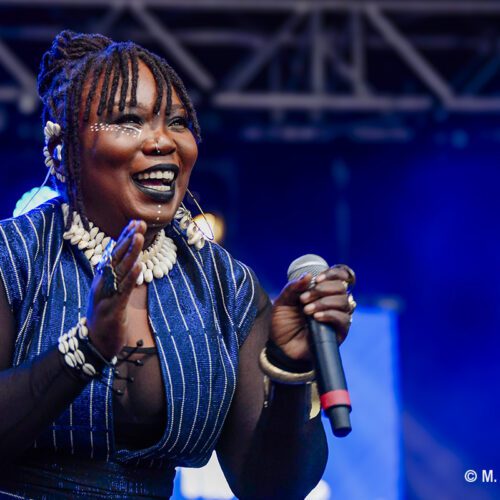It begins with a vaporous, meditative piano, reminiscent of Erik Satie or Claude Debussy. For the second piece, strings are added; for the third, voices. Catherine Major gradually sets up the universe of La Mémoire du Corps, taking us on a musical journey into her personal intimacy: childhood, aging, childbirth, joys, sorrows. All without a single word.
After five albums of songs, film scores and an opera based on a play by Michel Tremblay, Catherine Major is venturing into instrumental music for the new neo-classical label alisma, a subsidiary of ATMA Classique. It’s a project that has left her ” in a state of great insecurity “, she confided in an interview;
This is an album of fifteen pieces, in which the piano plays a predominant role. Catherine has been playing the piano since she was a child. Violin, viola, cello, English horn and human voice are added. The music intensifies and becomes more complex as the album progresses. Let’s be clear: La Mémoire Du Corps is a rather accessible album, very European in inspiration, but with a great concern for sophistication and inventiveness. And, above all, sensitivity.
In the middle of the album are the tracks Le calme après la tempête, 9 mois and Quarante, chavirants, where Catherine Major mixes major and minor keys, to illustrate the ups and downs of life. On9 mois, which obviously evokes pregnancy, layered voices and piano form ceaseless musical waves. One of my favorite pieces.
“It’s strange that my surname is Major. When it comes to music, I’m more of a minor,” she says in an interview. And that’s saying a lot.
